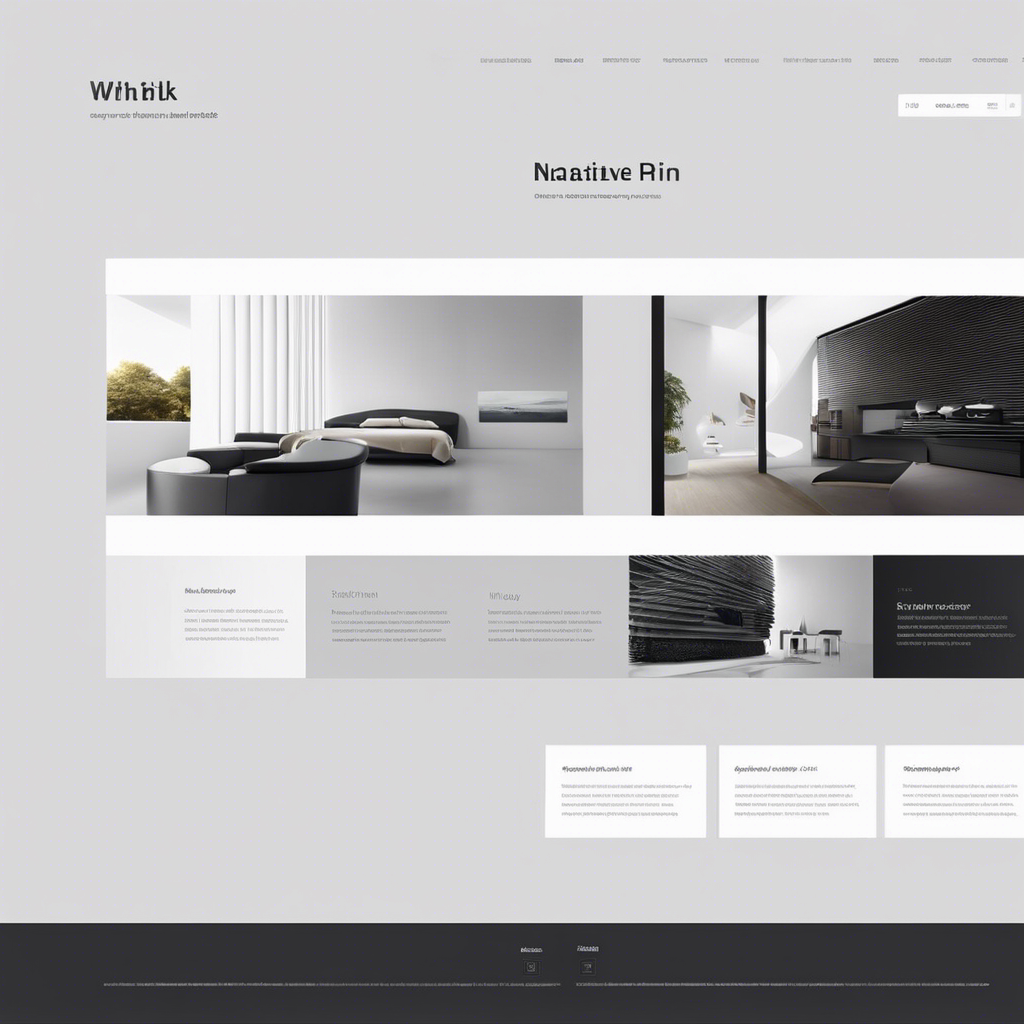Are you ready to dive into the world of front-end development?
Imagine this guide as your trusty compass, leading you through the vast landscape of HTML, CSS, and JavaScript.
In this quick and comprehensive guide, we’ll take you by the hand and show you the ropes, without overwhelming you with technical jargon.
Whether you’re a beginner or already have some knowledge, our goal is to provide you with a solid understanding of these three essential building blocks of web development.
From the structure and style of web pages to the interactivity and responsiveness, we’ll cover it all.
So, grab your keyboard and get ready to embark on an exciting journey into the world of front-end development!
Key Takeaways
- HTML is essential for providing structure and organization to web pages.
- CSS is used to enhance the appearance and design of HTML elements.
- JavaScript enables interactivity and dynamic functionality on web pages.
- Combining HTML, CSS, and JavaScript creates dynamic and interactive web pages.
Understanding HTML Basics
In order to understand HTML basics, you need to grasp the fundamental concepts of how HTML tags and elements function in creating the structure of a website.
HTML, or HyperText Markup Language, is the backbone of every web page. It provides the structure and organization for the content that users see on a website.
HTML uses tags to define different elements such as headings, paragraphs, links, and images. These tags act as instructions for web browsers to understand how to display the content.
By using HTML, you can create a well-structured and visually appealing website.
Understanding HTML is essential for anyone interested in web development or programming, as it forms the foundation for styling with CSS and adding interactivity with JavaScript.
Mastering CSS Styling
To master CSS styling, you need to understand how CSS enhances the structure and appearance of your HTML elements. CSS is a crucial part of front-end web development and is used to style and design web pages.
It’s one of the most common programming languages that developers learn when they start their journey in web development. With CSS, you can modify the colors, backgrounds, fonts, margins, and more of your website, making it visually appealing and professional.
CSS selectors allow you to specify which elements you want to apply styles to, giving you full control over the design and layout of your web pages.
Exploring JavaScript Fundamentals
You can begin exploring JavaScript fundamentals by understanding its core concepts and syntax. JavaScript is a programming language that’s essential for front-end web development. It allows web designers to create interactive and dynamic web pages by manipulating HTML and CSS elements.
JavaScript is supported by all modern web browsers, making it a crucial skill for web developers. With JavaScript, you can enhance the user interface of your website by adding interactivity, performing calculations, handling events, and making network requests. It also enables the creation of responsive web pages through the use of media queries.
Combining HTML, CSS, and JavaScript
By combining HTML, CSS, and JavaScript, you can create dynamic and interactive web pages that engage users and provide an enhanced browsing experience.
HTML creates the structure of the webpage, CSS adds formatting and style, and JavaScript enables interactivity. HTML documents serve as the foundation, defining the content and structure of the page.
CSS, also known as Cascading Style Sheets, is responsible for the visual presentation, allowing you to design and style the web pages.
JavaScript, one of the most commonly used programming languages by web developers, brings life to the website by adding interactivity and enabling the development of complex functionalities.
When combined, these three technologies provide the building blocks for front-end development, allowing web developers to create user-friendly UI components and deliver engaging web experiences.
Learning Resources for Front-End Development
For a quick and effective way to enhance your front-end development skills, consider utilizing various online learning platforms.
These platforms offer a wide range of resources that cater to different levels of expertise, making it accessible for both beginners and experienced front-end developers. You can find free online courses that cover the basics of HTML, CSS, and JavaScript, which are the fundamental programming languages for web development.
Additionally, these platforms often provide tutorials and documentation on the Document Object Model (DOM), a crucial concept in front-end development.
By taking advantage of these resources, you can strengthen your understanding of front-end development and stay up-to-date with the latest web development trends and techniques.
Frequently Asked Questions
Can You Be a Front-End Developer With Just HTML CSS and Javascript?
Yes, you can be a front-end developer with just HTML, CSS, and JavaScript. Although front-end frameworks and other tools enhance development, these three languages are essential for creating visually appealing and interactive web pages.
How Can I Learn HTML CSS and Javascript Fast?
To learn HTML, CSS, and JavaScript fast, use online resources like tutorials and courses. Master essential HTML tags and CSS layout techniques, and explore JavaScript frameworks and libraries. Optimize performance and avoid common mistakes to create interactive and visually stunning websites.
Is It Possible to Learn HTML CSS and Javascript in One Day?
No, it is not possible to learn HTML, CSS, and JavaScript in one day. Each language requires time and practice to master. Dedicate time to effective learning strategies and continuously improve your coding skills.
How Long Does It Take to Learn HTML and CSS and Javascript?
It typically takes a few months to learn HTML, CSS, and JavaScript. Effective learning strategies include bootcamps, college degrees, and independent learning. These languages are essential for front-end development and have real-life applications in web projects.




